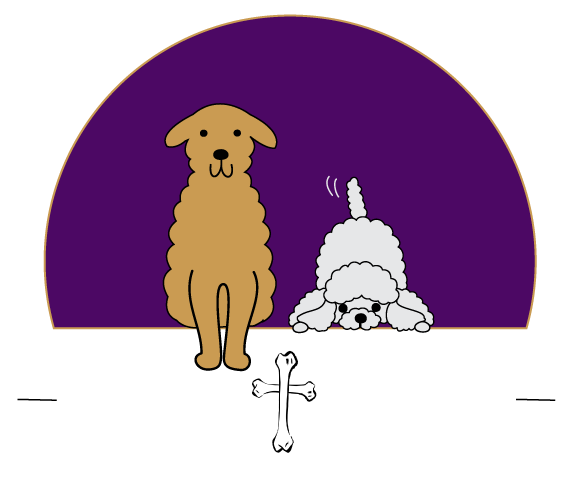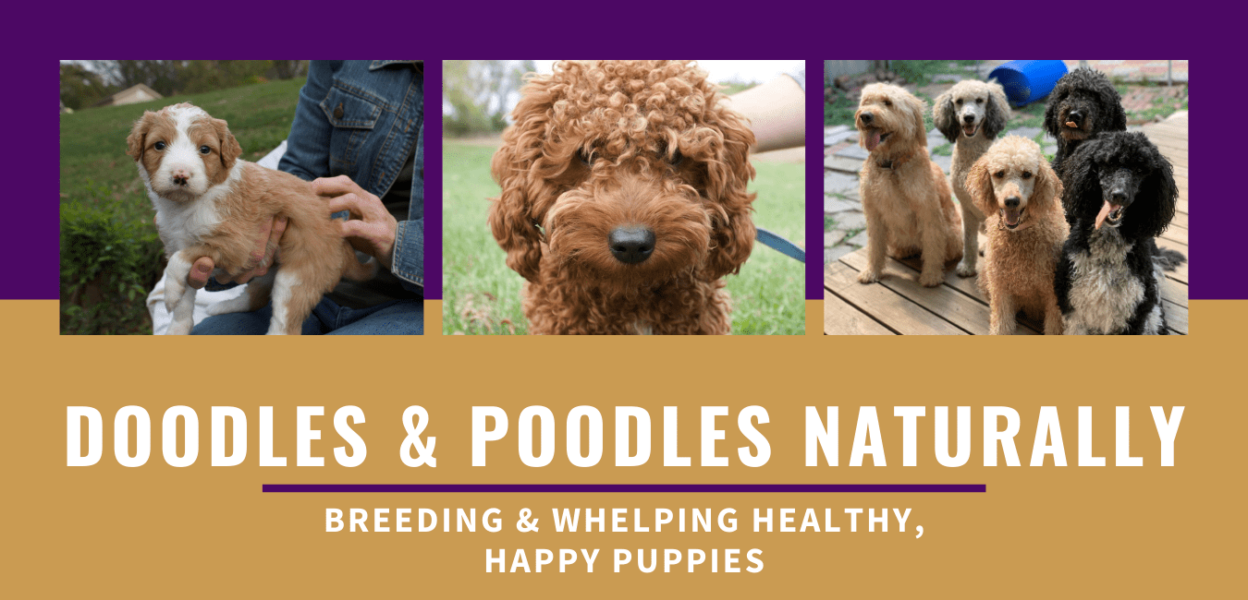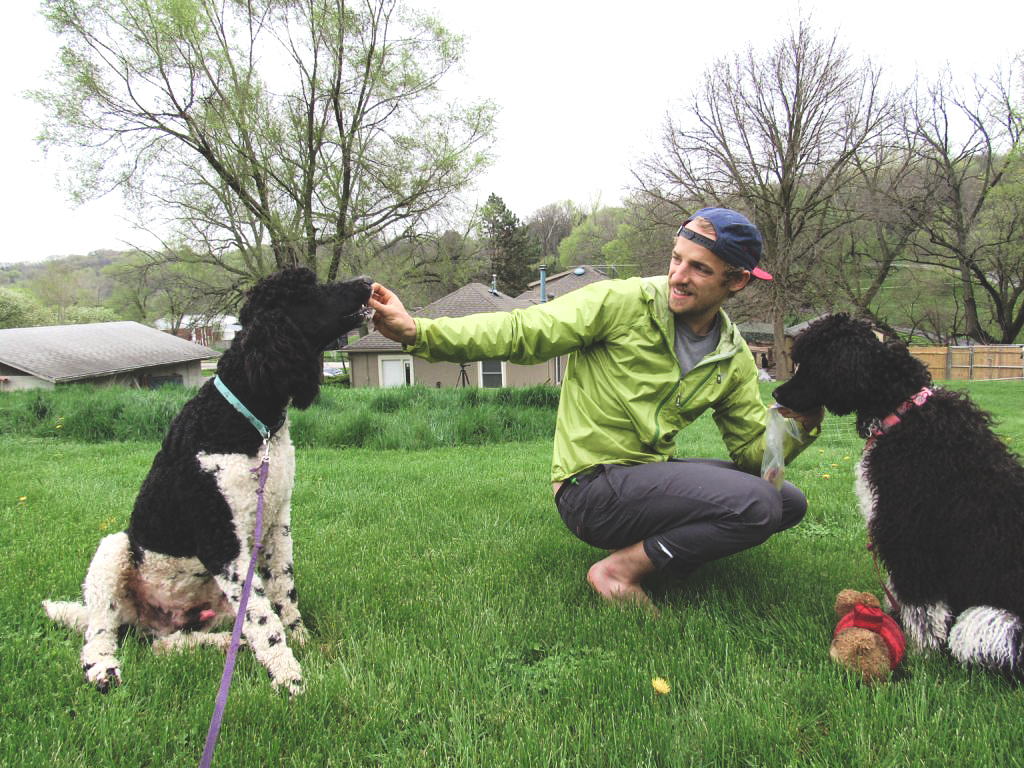As a customer, I want to see pictures of the parents of my new puppy. As a breeder, I want my customers to see pictures of the parents of their potential new puppy.
Why?
Seeing what the parents look like, also known as the sire and the dam of the litter, is an additional way to ensure that you are getting the breed of dog you are wanting.
Last night, I was visiting with a friend who had recently adopted a new puppy. She didn’t know what the puppy was before she had purchased it, but felt sure it was a Goldendoodle. She showed me a picture of the female puppy, and sure enough, her puppy looked like a Goldendoodle.
In fact, her puppy looked very much like my new puppy Goldendoodle. Then she told me she paid $75 to have the puppy’s DNA checked to find out if she was right.
What my friend learned will surprise you! We learned that she was 25% Bichon, 25% Shitzu, 25% poodle and 25% “don’t know”. Makes one wonder – how did those turn out a puppy that looked like an apricot colored Goldendoodle?! Luckily, my friend was okay with this; although, a little disappointed. She hadn’t received any assurance of her puppy’s breed when she purchased her because she was a rescue puppy, but hoped she was right about it being a Goldendoodle.
This story reminded me of another couple I know who purchased a Collie-Australian Shepherd Mix puppy. She fell in love with her puppy right away, but was a little shocked to find out when the dog got older that it most likely (no DNA test with this one) was neither Collie nor Australian Shepherd. Instead, her puppy grew up into something that actually looks like a mix between a Pitbull and a Boxer. Obviously, she ended up with a breed much different from what was intended. They love their dog dearly nonetheless; but, they have a dog with different characteristics and behaviors than what they originally thought would be the best match.
This got me thinking about how many of us buy puppies from breeders without ever getting any reassurance (not even so much as a picture) of what the parents look like.
Have you ever noticed how many breeders don’t offer photos of the sire and dam? Often it can be because a breeder does not have the tools or desire to keep a website. In other cases, it can be because the website is not regularly updated. A really good breeder will go out of their way to make photos available to be seen by those interested in adopting whether they have a website or not. Photos can be sent via email, posted on their website, or posted to their Facebook page. If photos are not made available, you can request to see a picture of the sire and dam before making your decision.
In the beginning, I had purchased “purebred” standard poodles 3 different times without ever being offered any visible proof of parentage. Yes, my poodles are all AKC registered, but I don’t believe that certificate of paper always guarantees as much as people would like to believe it does. None of those purchases were from breeders that had photos available of the sire and dam, but luckily my breeders were honest and my poodle puppies grew up into the adult Standard Poodles that I was intending to purchase.
Fast forward to today, now that I know better, and after hearing a number of mystery-puppy stories, I always ask to see pictures of the parents. With persistence I get pictures!
This is why, as companion breeders, we will always try to have pictures posted of the sire and dam of our litters. If you are paying for a purebred dog, I think you should get what you pay for. I know that is what I would want!








